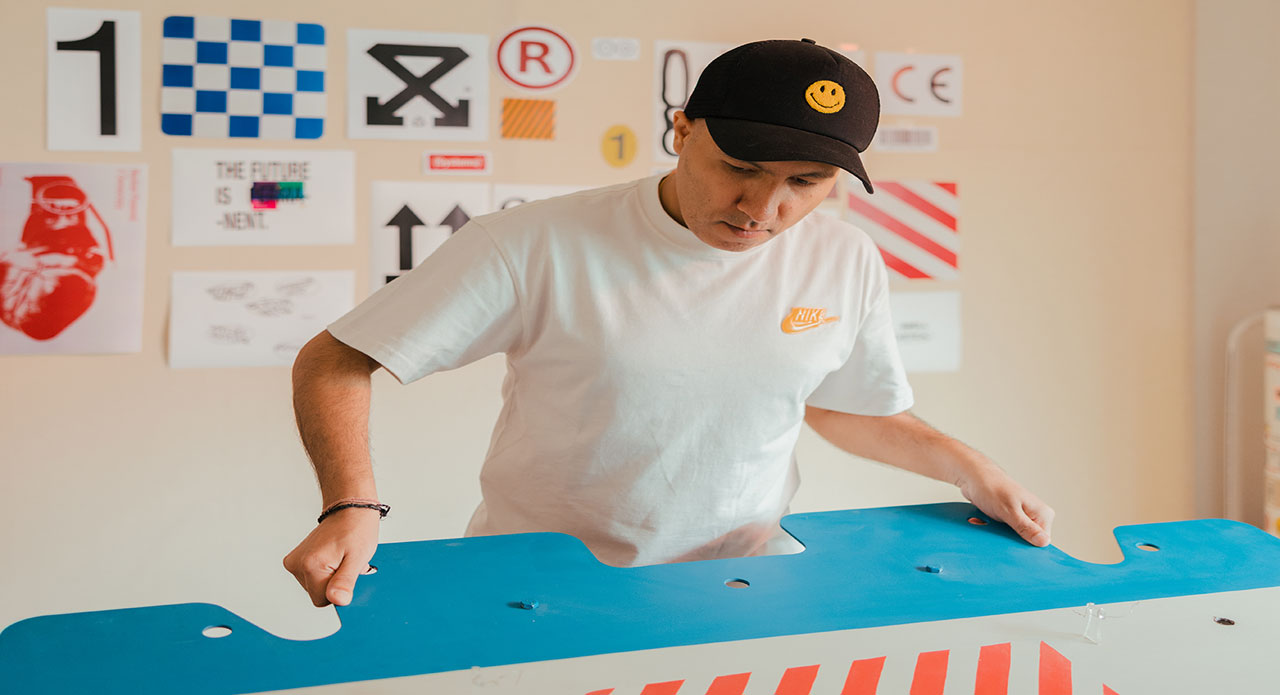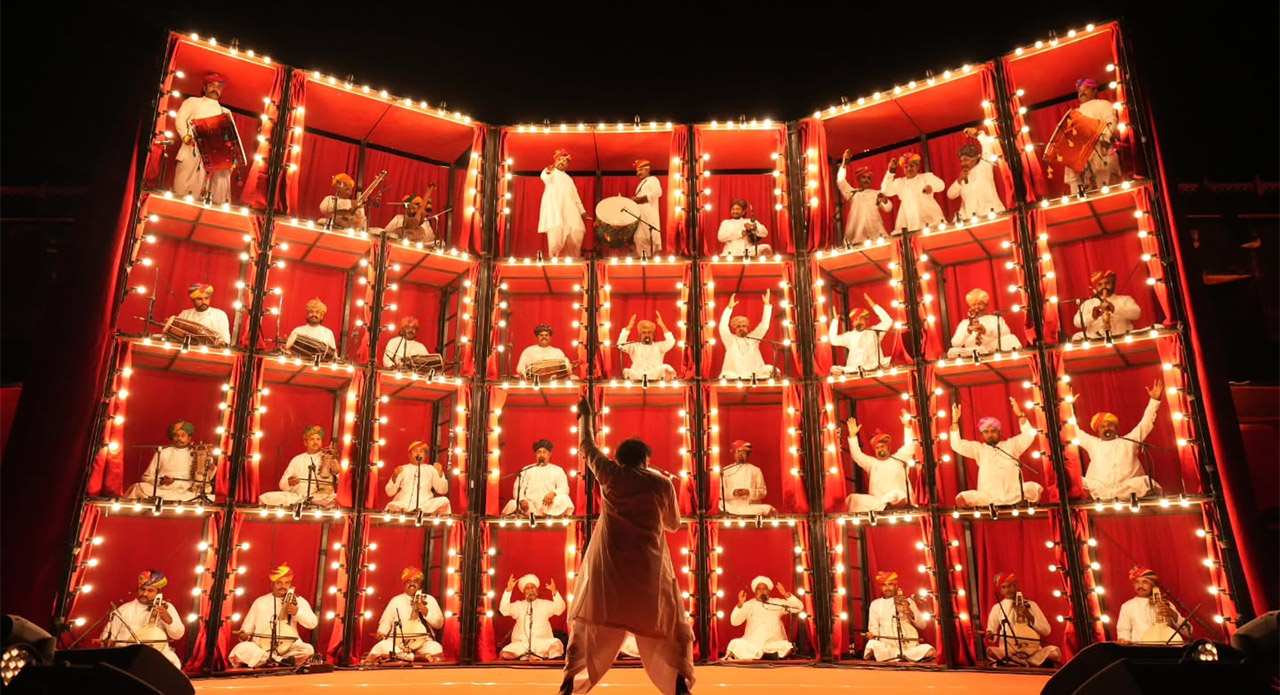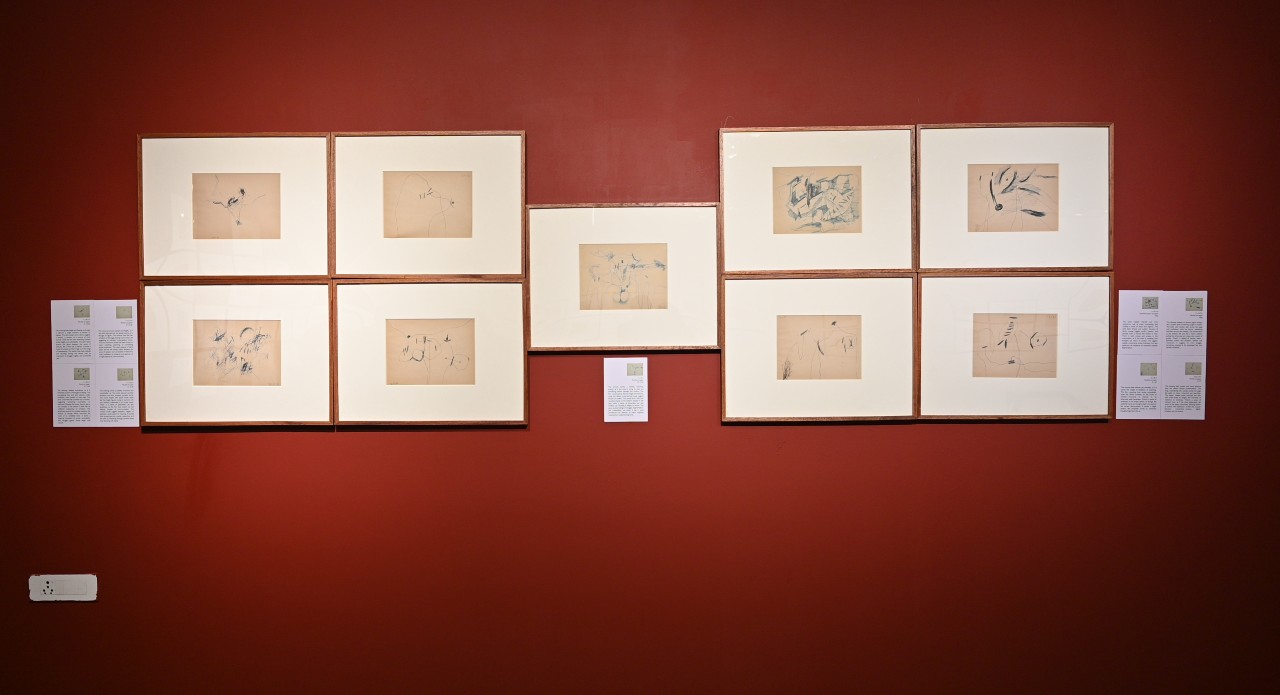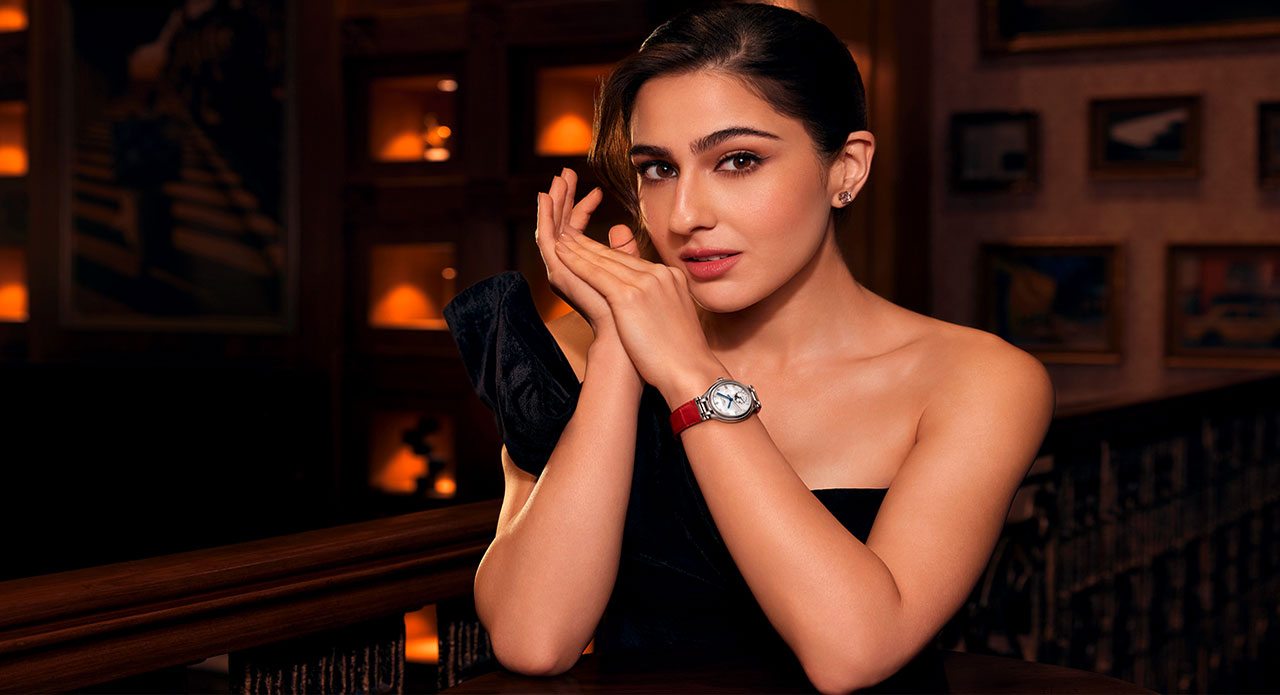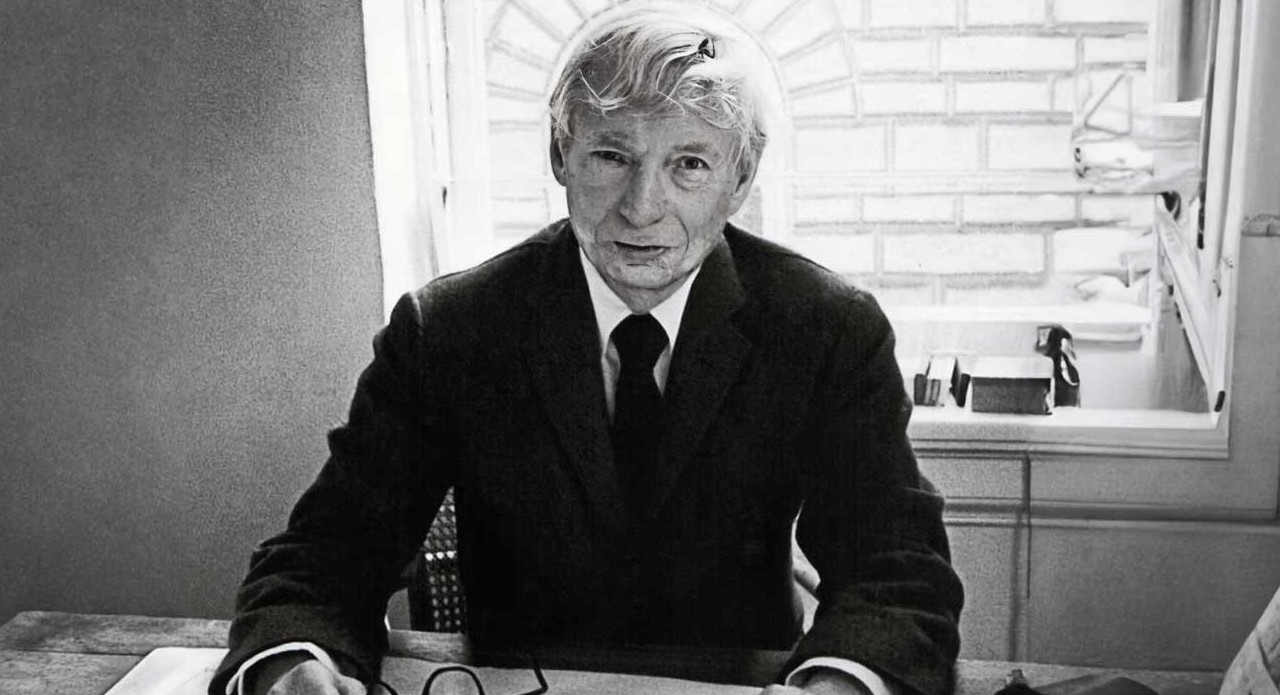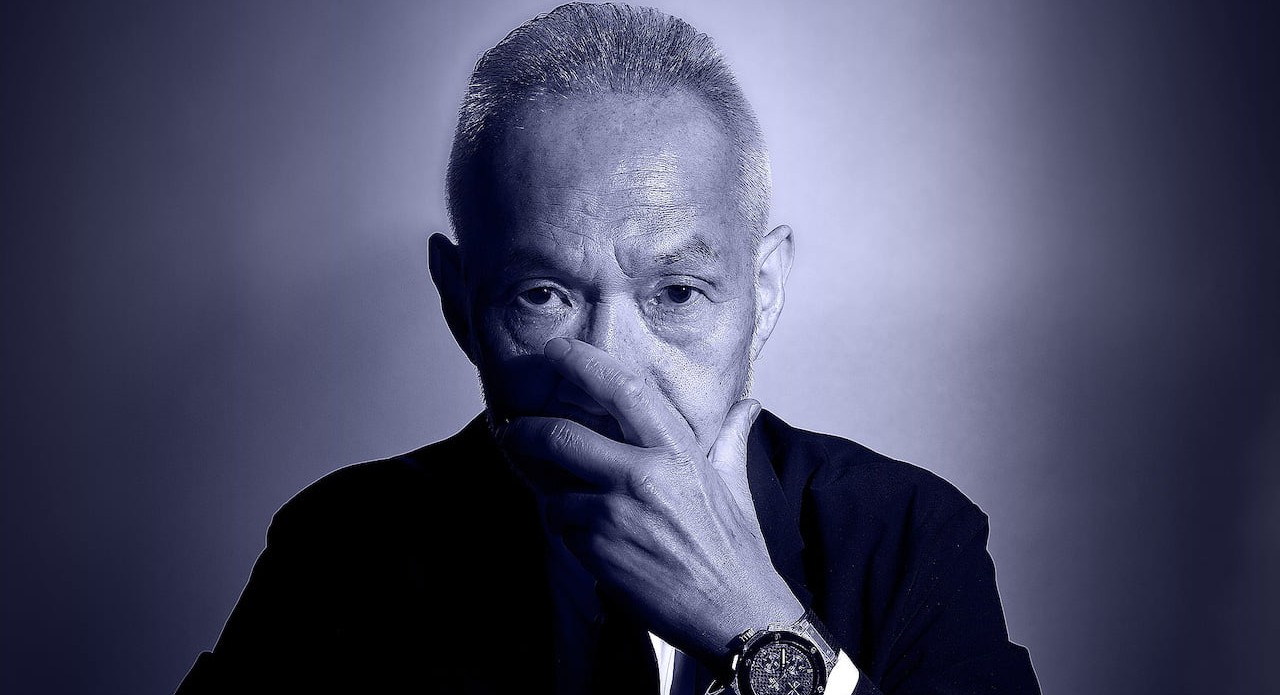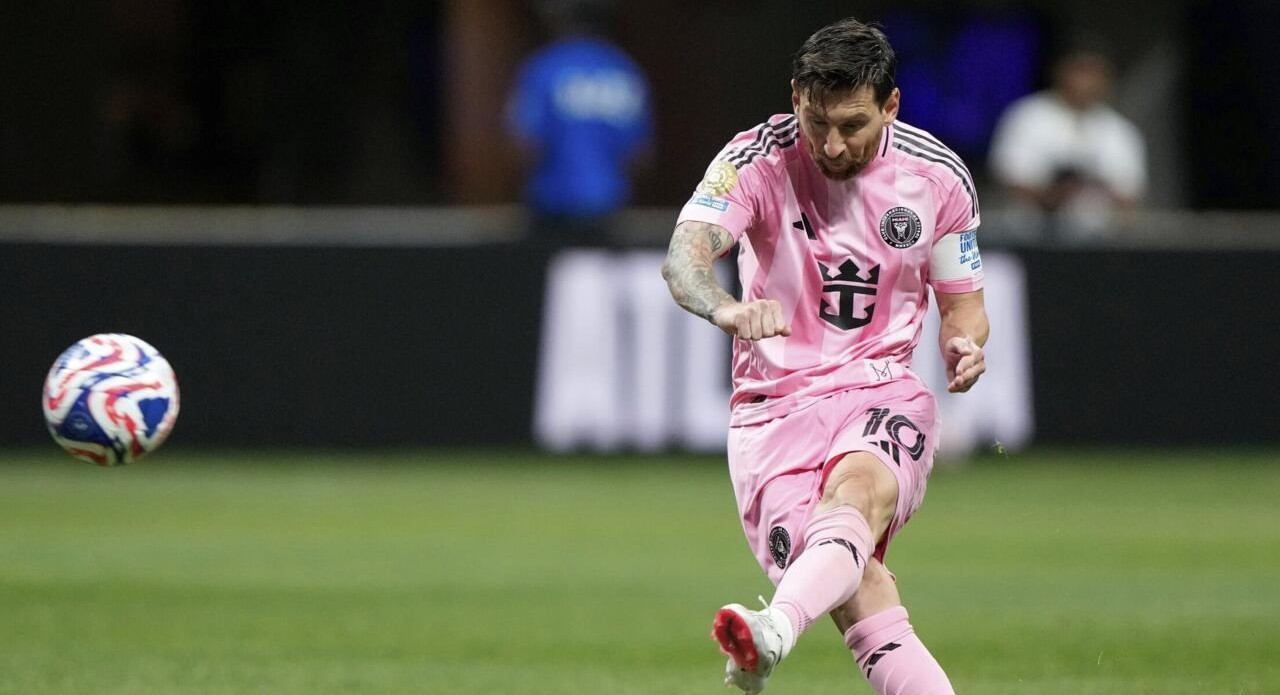In India, where artistic traditions stretch back millennia, art collecting is far more than an investment—it’s a journey through history and changing cultural landscapes. From the intricate miniatures of Kishangarh and Kalighat patachitra of Kolkata to avant-garde creations of modern Indian artists like Subodh Gupta and even Jayesh Sachdev, the Indian art market is a tapestry of history, innovation, and burgeoning talent offering a compelling opportunity for collectors and investors alike.

But a true collector’s journey is often a deeply personal one. It needs to be nurtured and cultivated. With time and strategic investments, it will develop into a financially savvy portfolio by securing valuable pieces that reflect not just your taste, but also your heritage. The biggest challenge in art appreciation and investment is the perception that it is only for the wealthy. While this may be true for high-profile art auctions and sales, there are opportunities for individuals with varying budgets to invest in art. It’s possible to start with smaller, less expensive artworks and gradually build a collection. “I started my art collection with a piece worth INR 8,000 from another Delhi gallery. I still love that tiny piece and it still garners the attention of my friends. There is beautiful art at lower prices and art, if chosen wisely and after good research, can appreciate more than ten times,” explains Arjun Butani, Director and Co-founder, of Gallery Pristine Contemporary. He also warns that not all art will appreciate—it depends on the artist’s reputation, the quality of the artwork, and market trends.
Read Also – Why Cinema Remains King at Cannes & The Opportunity For India To Shine

For those who want to start investing in art, we asked gallerists and auctioneers to share what they thought were the most important things to keep in mind while investing in art. Here is a ready reckoner:
- Do your research: Learn about different artists and art movements before buying. “A thorough research before making a purchase is essential, ensuring informed decisions that are based on facts rather than rumours, particularly for high-value pieces,” says Sangita Rajani, Founder Director of The Art Qurious.
- Set a budget: Decide how much you can comfortably spend and try to stick to it. “It’s okay to deviate by 10% but try to stick to the budget as closely as possible. It’s easy to get carried away when you begin collecting,” says Teesta Bhandare, Associate Director of Art Mumbai and founder of Art Garde.
- Buy what you love: Choose art that you connect with emotionally.
- Ensure authenticity: Verify the provenance and originality of the artwork.
- Storage plan: Make sure you have a suitable space to store the art, with proper temperature and climate control.
- Focus on quality over fame: It’s better to buy a good work by a lesser-known artist than a mediocre work by a famous one, advises Sonal Singh, Managing Director, Christie’s India.
If an art investment is on your mind, then there are a few more due diligence steps that need to be taken before making that big purchase. These include:
- Be aware of the risks involved and research the artist’s reputation and the artwork’s significance.
- Find a trustworthy dealer who can help you buy and sell art.
- Learn about the art market to make wise investments and avoid impulse purchases.
- Consider emerging artists since buying from early-career artists can be a promising medium- to long-term investment.

“It’s important to realise that art is an alternate asset and investment class since it comes with a significantly higher risk when compared to traditional investment classes. Also, the more established the artist already is, the safer is the investment. But the market can always fluctuate,” explains Sahil Arora founder and curator of Method. For instance, not all works by SH Raza will yield the same return; pieces from his 1980s Bindu series will yield higher returns than his early 2000s work. Investing in art is also a way of building generational wealth.
View this post on Instagram
“The secondary art market is not too vast and the main players know what has been sold when and cannot be turned around quickly,” adds Singh. Fine art prices tend to move inversely with real interest rates and rise during inflationary periods, making it a good hedge against inflation Investing in art entails investing in a tangible asset while also offering aesthetic enjoyment, with the potential for appreciation in value over time. Another crucial factor to consider is whether any major museum is planning a retrospective of the artist whose work you hold. Such an exhibition should occur before you consider offering your piece on the market.
As a buyer, you will also undergo at least a basic scrutiny, where a gallery will do due diligence of the client internally. These institutions guide the buyer/investor and connect a work of art with a befitting owner and home. This comes about through investing time and effort into getting to know the collector, their wants, needs and tastes, as well as developing a relationship that is built over time.
An art purchase is one is not something to be taken lightly; it demands time, dedication and patience. It starts as a curiosity but once you get the knack of selecting the right pieces, it is both an emotional and financial investment for the ages.




